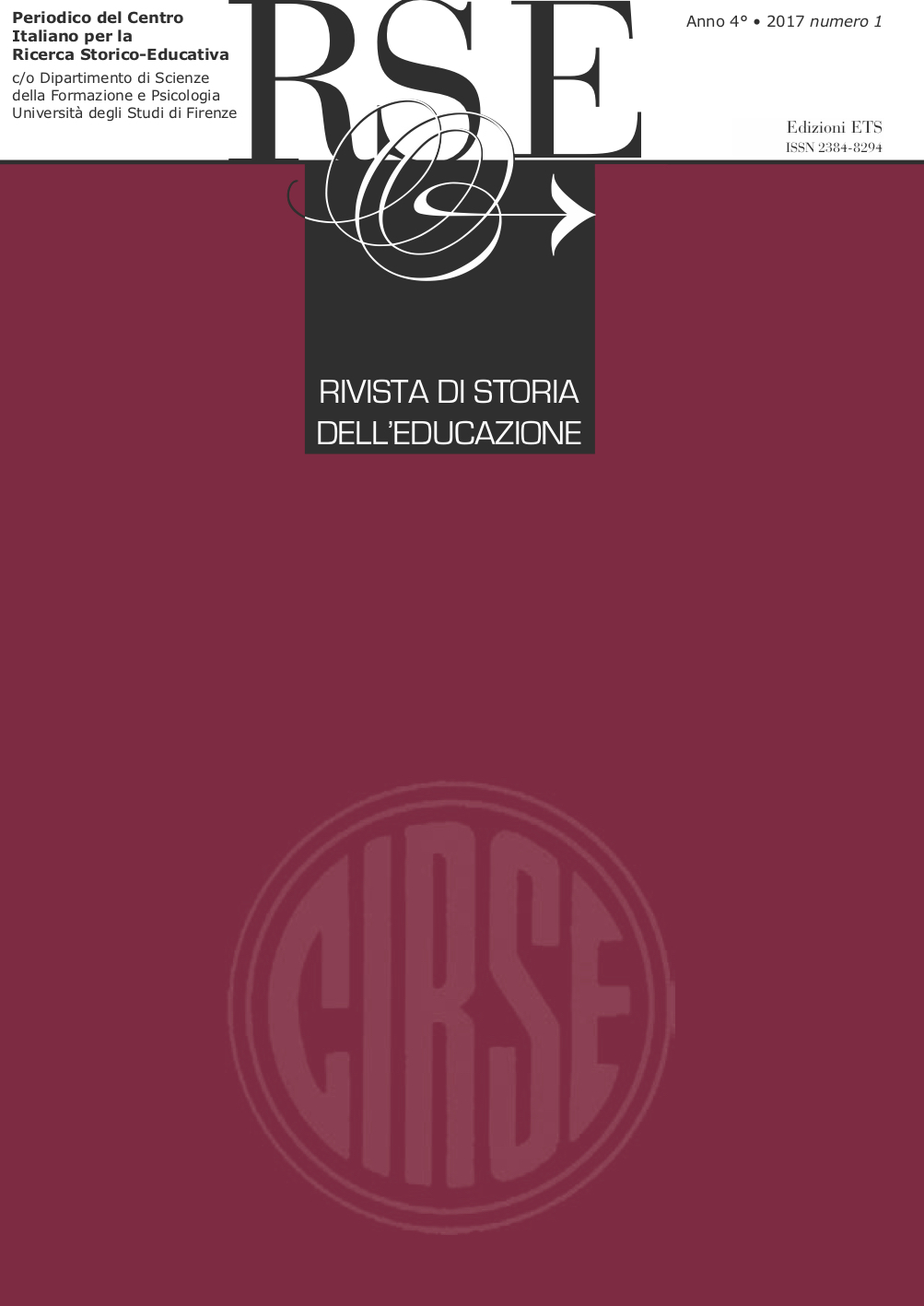Published 2019-05-18
Keywords
- Bruno Munari; History of Children’s literature; Picturebooks; Tactility; Materiality; Education
How to Cite
Abstract
This essay is based on a historical corpus of Bruno Munari's picturebooks (from the Forties to the Eighties) in which content, shape, color, texture, material and graphic design transform his works into verbal, visual and tactile narratives, which are vital to children's reading pleasure and development. In an era when children were chided to "please don't touch", Munari groundbreakingly designed picturebooks in which touch became a key sense for reading and understanding. The purpose of this article is to examine methodically and in detail how Munari's picturebooks work and to identify the narrative mechanisms that are able to offer children tactility and a fulfilling reading experience. After a short introduction and an overview of the key role books and education play in Munari’s oeuvre, a detailed analysis will look more deeply into the three narrative mechanisms designed by Munari for his picturebooks. The body of this analysis is divided into three parts, each dedicated to explaining one of the three narrative mechanisms that transforms the book page into a stage of everyday life, an active agent and a challenge of limits. The main findings of this investigation will reveal that Munari’s picturebooks open up imaginary worlds in everyday settings that draw the reader into the action and push them to be challenged by limits rather than bow to them, even those books published to be understood and handled by toddlers.


